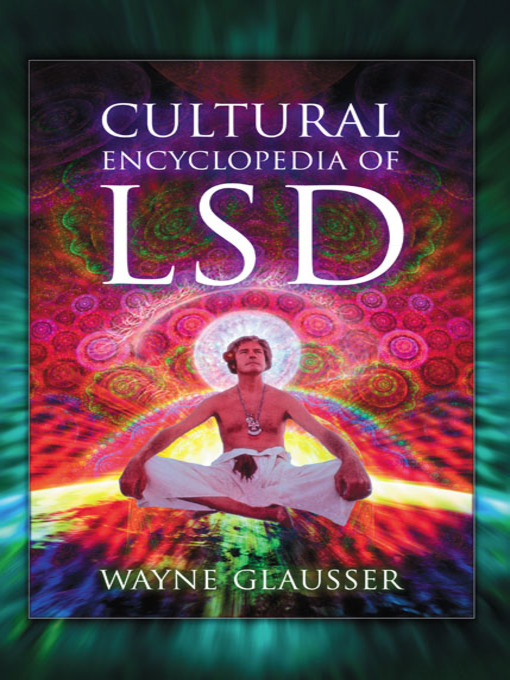- HPU Campus Histories
- Business
- Religion & Spirituality
- Self-Improvement
- History
- See all nonfiction collections
-
Creators
-
Publisher
-
Release date
March 22, 2011 -
Formats
-
Kindle Book
-
OverDrive Read
- ISBN: 9780786484829
-
PDF ebook
- ISBN: 9780786484829
- File size: 1255 KB
-
-
Languages
- English
-
Reviews
-
Library Journal
May 15, 2011
In his introduction, Glausser (English, DePauw Univ.) states his hope that readers "will find this encyclopedia informative, engaging, and amusing," an outcome he ensures with a predominantly entertaining tone. Entries incorporate some coverage of the history of the development of this notorious hallucinogen but focus mainly on the drug's cultural impact during the late 1960s, including military uses of LSD and its effect on the politics, religion, and, particularly, art of the era. The chemistry and, for the most part, medical aspects of LSD, however, are not covered. Entries run from one paragraph to two pages in length and include cross-references, as well as occasional external citations. The work includes an extensive bibliography and an index (though not yet completed at the time of review). While not an overly scholarly work, it is an engaging look at the psychedelic culture of the United States and United Kingdom. It is also valuable as one of relatively few publications of its kind, particularly among works attempting to provide unbiased coverage. BOTTOM LINE This book will appeal to individuals with an interest (perhaps nostalgic) in the psychedelic era and is reasonably priced for this market. It will also make an excellent addition to school and public libraries.--Sarah W. Sutton, Texas A&M Univ. Lib., Corpus Christi
Copyright 2011 Library Journal, LLC Used with permission.
-
Booklist
November 1, 2011
This brief survey provides an overview of the psychedelic era and the drug (LSD) that helped define it. Entries are in encyclopedia format and range from a couple of lines to a couple of double-columned pages. Individual entries don't carry citations except for author names referring to the bibliography. Entries include people, places, films, music, and ideas, everything from the origin of the word psychedelic, to the activities of the Merry Pranksters and the division between the prankish West Coast LSD users and the more cautious East Coast followers of Timothy Leary, to the CIA's experiments in mind control. An index and liberal see references aid access to the information. The bibliography includes print and Internet resources. There are no illustrations, which is unfortunate, as the psychedelic era was very visual. Large public libraries with comprehensive popular-culture collections may want to consider this, as might academic libraries with pop-culture specialties. The bibliography could be very useful to a student working on a paper on the psychedelic era.(Reprinted with permission of Booklist, copyright 2011, American Library Association.)
-
subjects
Languages
- English
Loading
Why is availability limited?
×Availability can change throughout the month based on the library's budget. You can still place a hold on the title, and your hold will be automatically filled as soon as the title is available again.
The Kindle Book format for this title is not supported on:
×- - Kindle 1
- - Kindle 2
- - Kindle 4
- - Kindle 5
- - Kindle 7
- - Kindle DX
- - Kindle Keyboard
- - Kindle Paperwhite
- - Kindle Touch
- - Kindle Voyage
Read-along ebook
×The OverDrive Read format of this ebook has professional narration that plays while you read in your browser. Learn more here.


